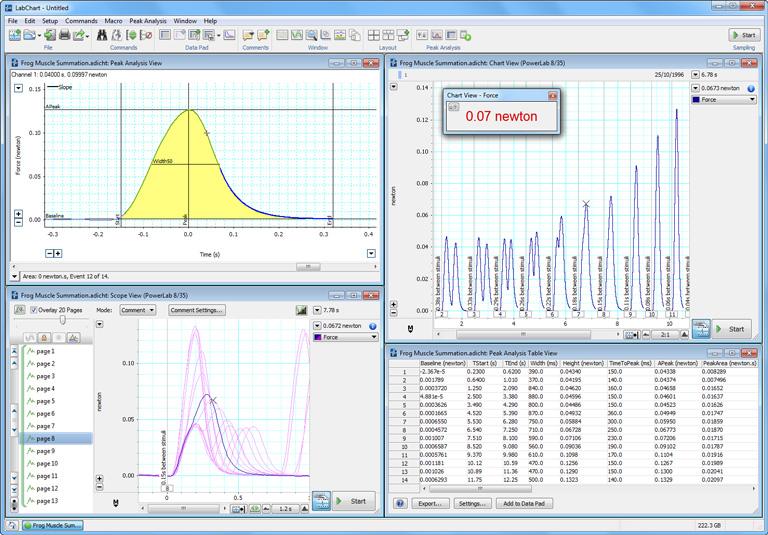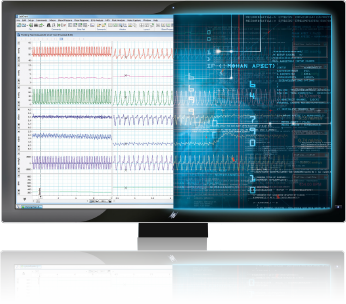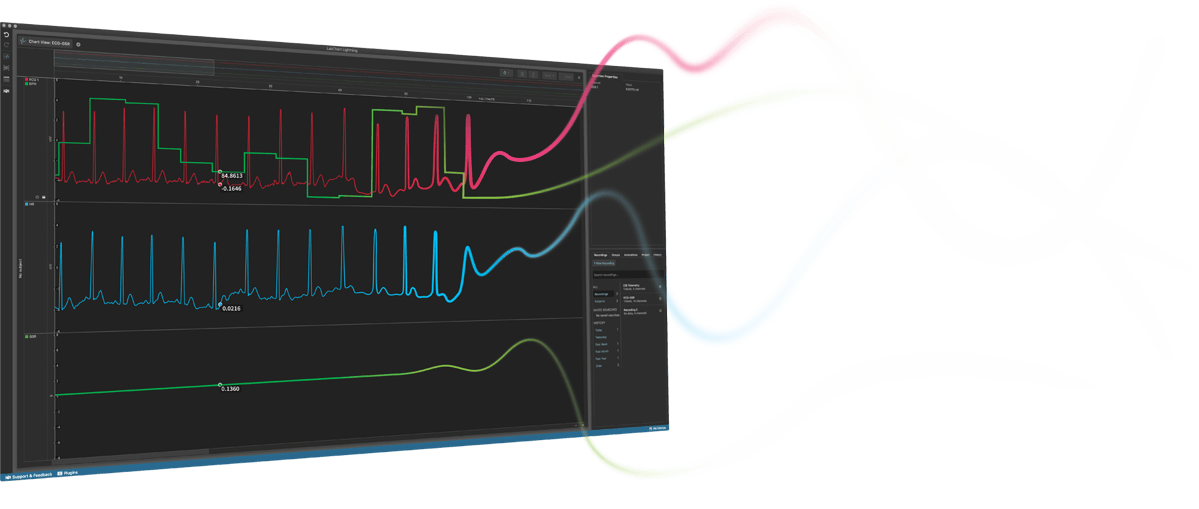There are 2 broad classes of force measurements that are useful for physiological applications. Isometric transducers measure the force (or tension) generated when there is no change in muscle length. Isotonic transducers measure change in length (or displacement) of a muscle under a fixed load.
Strain gauge force transducers (which are typically used for isometric measurements) are available to cover a huge range of different force magnitudes. Transducers able to pick up forces in the milli-gram scale are great for isolated tissue applications while larger transducers able to measure 100s kg are useful for measuring peak forces generated by human muscles during sport. Although typically used in industrial application, even larger transducers are available that can measure many tons, these still work in fundamentally the same way.
While life scientists typically quantify forces in grams (or kiligrams) force the SI unit for force is the Newton. Assuming standard earth gravity 1g force is equal to 0.0098Newton or 9.8mN.





